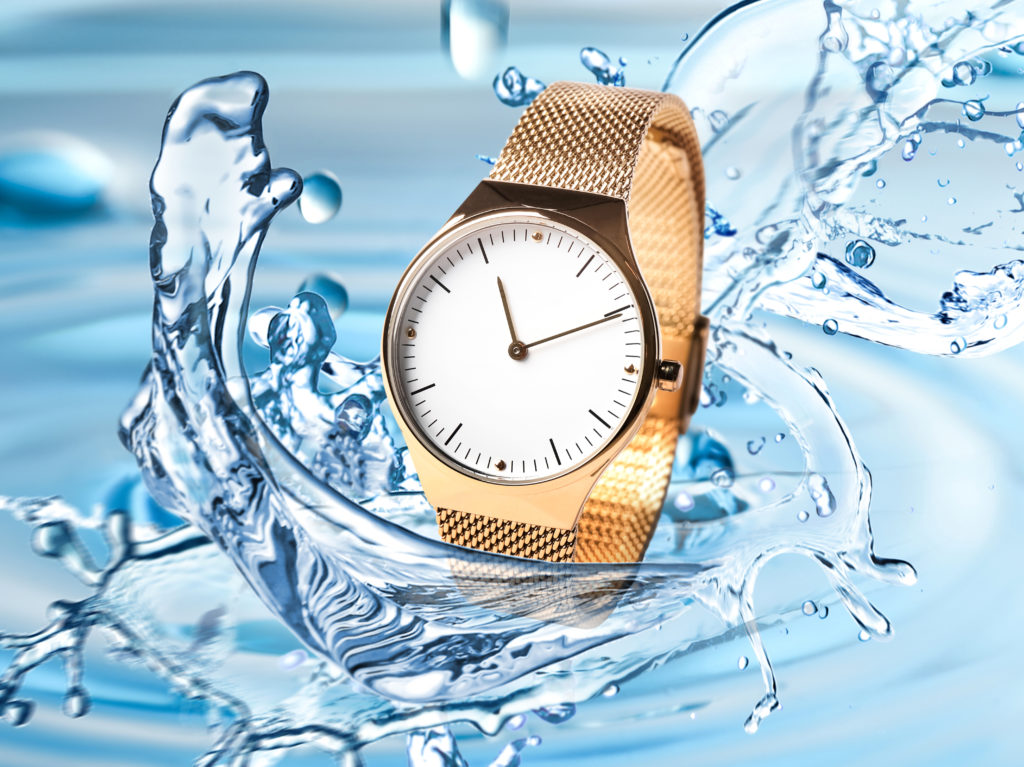Now you can listen to us read this article!
There are various kinds of solar wristwatches by brands like Seiko, Junghans, and Casio, to name a few, and they’re all powered by absorbing light. There’s no doubt that these brands produce excellent solar watches. However, there are instances whereby the watches would stop working — why is that?
Here are 8 reasons why solar watches stop working:
- The solar watches have inadequate lighting.
- The battery is obsolete.
- The battery is inadequately charged.
- There’s not enough natural light.
- The watch needs servicing.
- There’s water inside the watch.
- The battery is leaky.
- The watch lacks proper care.
If your solar watch stops working, keep reading as I discuss each of these reasons to help you understand how these problems can affect your solar watch and how you can mitigate or solve them.
The Solar Watches Have Inadequate Lighting
Solar watches require light to operate. This light can be either natural sunlight or artificial light, gathered by a solar cell and turned into electrical energy.
A rechargeable battery stores the power, allowing the watch to move. Problems may occur, however, when there’s not enough light to operate the watch.
You need to ensure that there’s a powerful enough light source to energize a solar watch. The best way to charge your wristwatch is to position the dial directly toward a bright light. For example, if it’s cloudy outside and you need to power up your watch, put it under a lamp.
The Battery Is Obsolete
There may be instances whereby your watch simply refuses to charge. This may mean that your rechargeable battery is obsolete. A solar-powered watch’s battery typically won’t need to be replaced as it can last for 10 years.
After a decade or so, you should look into swapping out your battery. You can take your watch to a watchmaker to have the battery replaced.
The Battery Is Inadequately Charged
Anything that needs charging typically as a specific period that’s required until it has a sufficient amount of energy. If you’re noticing that your solar watch’s time is off, then you may not be exposing it to enough light, or it’s not charging for long enough.
An hour out of every day is more than enough time to keep a solar watch going for quite a while. But that’s if you often have sunny weather or powerful enough artificial lighting; if there’s not enough light to provide your watch with power, it won’t charge.
It takes approximately a month to reach a complete charge which can be hard to do in some environments.
There’s Not Enough Natural Light
You might assume that the fluorescent lights of your office cubicle or your desk lamp are enough to charge your solar light. You would be half right. While these types of watches can absorb even awful office light, they can’t run off of it forever.
Natural lighting does a much better job providing fuel to solar wristwatches than any artificial source ever could. A cloudy day is a preferable alternative to your desk lamp.
To put this in perspective, charging your watch outdoors on a sunny day provides 100,000 lux (lux is the quantification of light intensity).
Exposure to 100,000 lux provides enough energy to charge your phone for about half a day in around 2 minutes.
In comparison, artificial lights only provide 3,000 lux and need about a 40-minute charge for an entire day. You could get enough power to last for about 24 hours in 12 minutes or so.
The Watch Needs Servicing
Solar watches, believe it or not, need servicing. If you’re experiencing slower movement in your watch, you should check the inner mechanisms. Your watch may need some fresh lubricant to unstick the mechanical pieces. If the wristwatch completely stops and doesn’t charge, there could be damage on the inside.
You can take the timepiece to a watchmaker to check and repair it if it’s broken. Electrical issues, mechanical problems, and oxidation are a few common problems that happen to solar watches. These devices need to be serviced every 3 to 5 years to prevent severe or, worse, permanent damage.
There’s Water Inside the Watch
While water-resistant electronics stand a better chance against water damage, sometimes it’s unavoidable. A solar watch’s silicone gaskets prevent water from getting inside and ruining the inner mechanisms. Unfortunately, water can get inside if the gaskets are damaged or lack oil.
It’s not just water that can ruin your watch, though. Soap from hand or dishwashing can wreck a watch, too.
Soap can dissolve the gasket oil then the gasket material itself. When that happens, there’s nothing to stop water from getting inside.
The Battery is Leaky
There are two ways to tell if you’ve got a leaky battery.
You can try taking the watch outside and charging it in the sun. If your watch stops once you’ve stopped charging it, then the battery is probably leaking. Another way to spot a battery leakage is if the watch stops working in darkened areas.
It’s not unusual for electronics that have been stored for a while to have incredibly corrosive battery acid. Not only can this burn through the battery and destroy the device, but it can also cause skin burns.
The Watch Lacks Proper Care
In general, electronics that are handled well are likely to work better and for far longer than those that aren’t.
Although a battery can generally last for 10 years, you’ll still need to service your watch every 3 to 5 years. Servicing doesn’t just pertain to battery issues, though; you can have gaskets and lubrication looked over and replaced.
You also have to be careful about how long you store your watch. As mentioned earlier, a watch stored for too long can become damaged and dangerous. There’s also the matter of power loss. If a solar watch is left alone for too long, it loses power.
That said, you may want to wear your watch regularly to ensure it doesn’t get bad in storage. Also, many solar watches aren’t waterproof but water-resistant, meaning they can get damaged by a heavy pour or when submerged in water. You should avoid its contact with water as much as possible.
Sources
- Time Piece Legacy: Are Solar Watches Reliable?
- All In Watches: Solar Watch Keeps Stopping? A Troubleshooting Guide
- Seiko: Mechanism and Recharging – A Solar Watch Is Not Recharged Even Though It Was Exposed Light. Is It Broken?
- Infinity Energy: What Does Lux Mean? An Example
- Bios: How to Measure Light Intensity
- HZO: Water-resistant vs Water-repellent vs Waterproof: What’s the Difference?
- Ready Lifestyle: Do Unused Batteries Expire? (How Long They Last and Storage Tips)







